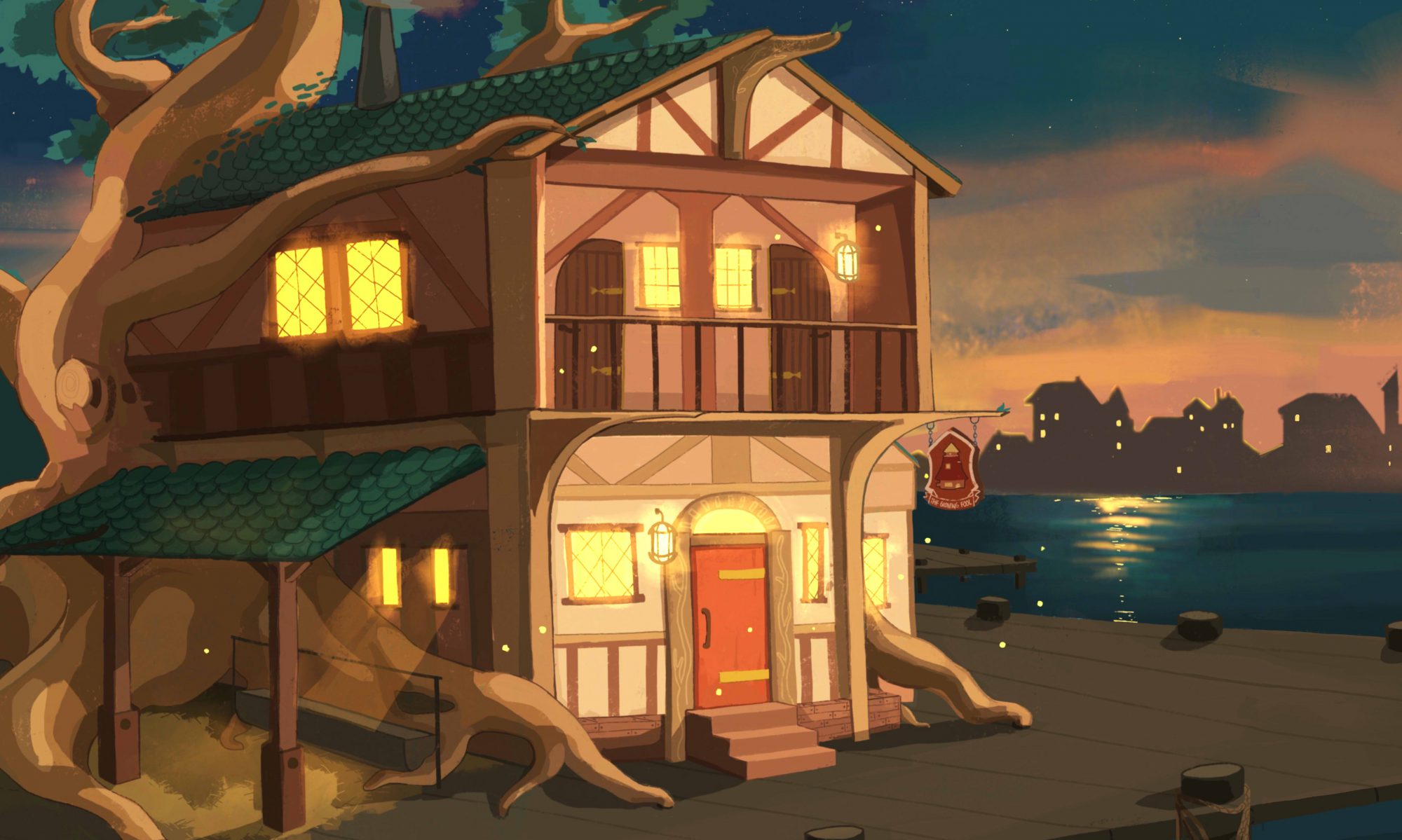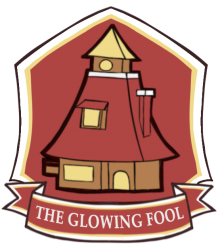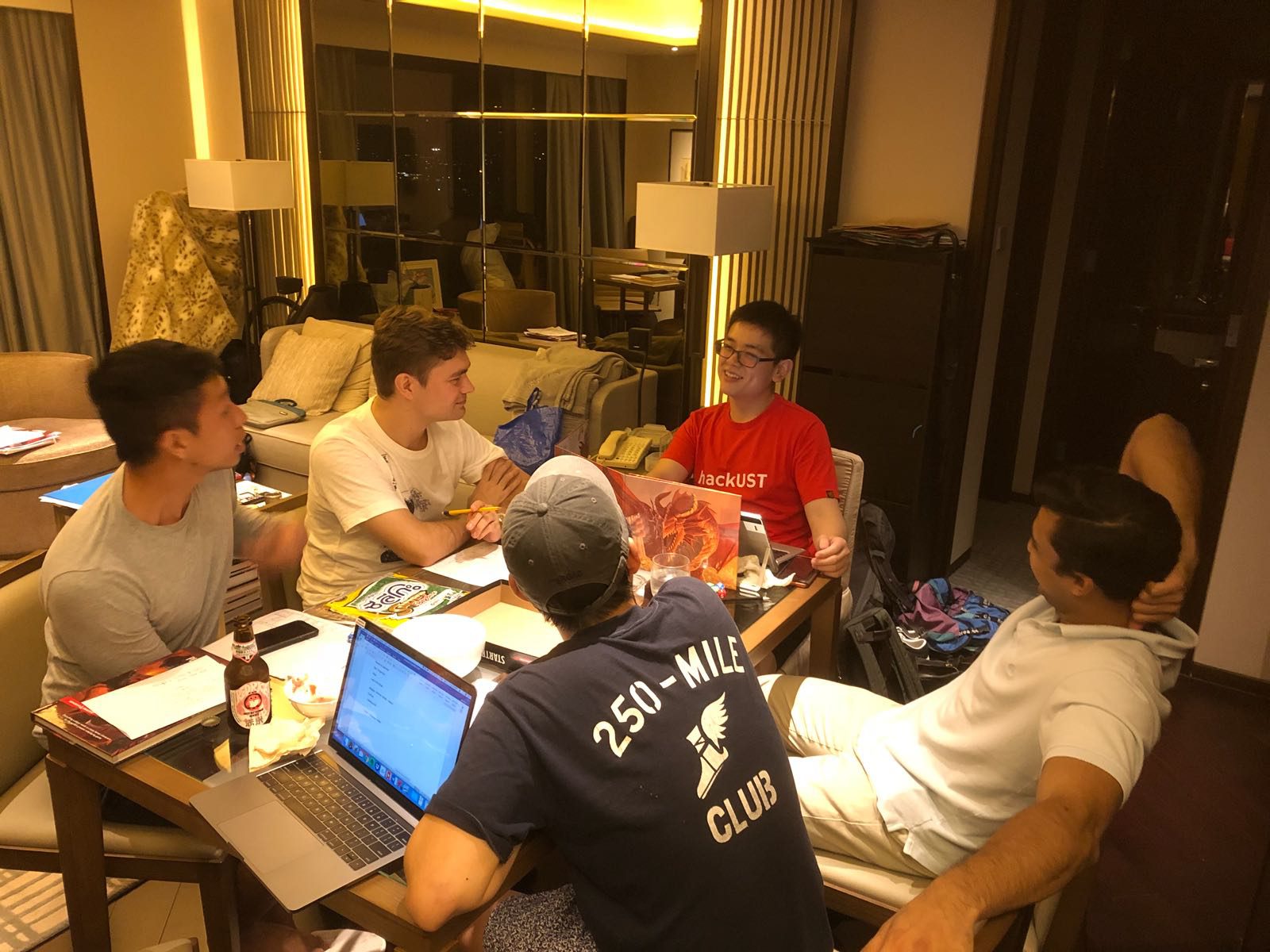Dungeons and Dragons can be a very difficult concept to explain to someone. The idea of a tabletop role-playing game isn’t as ingrained into our collective cultures as we would like, and is not as easily recognizable as video games, or simple board games. Often times, the easiest way to help someone “get” what D&D is all about, is to let them experience the game first hand. But that in of itself can already be quite a challenge. The idea of jumping into a long running campaign can be quite intimidating, especially if it is just for a taste. This is where one-shots can be extremely helpful.
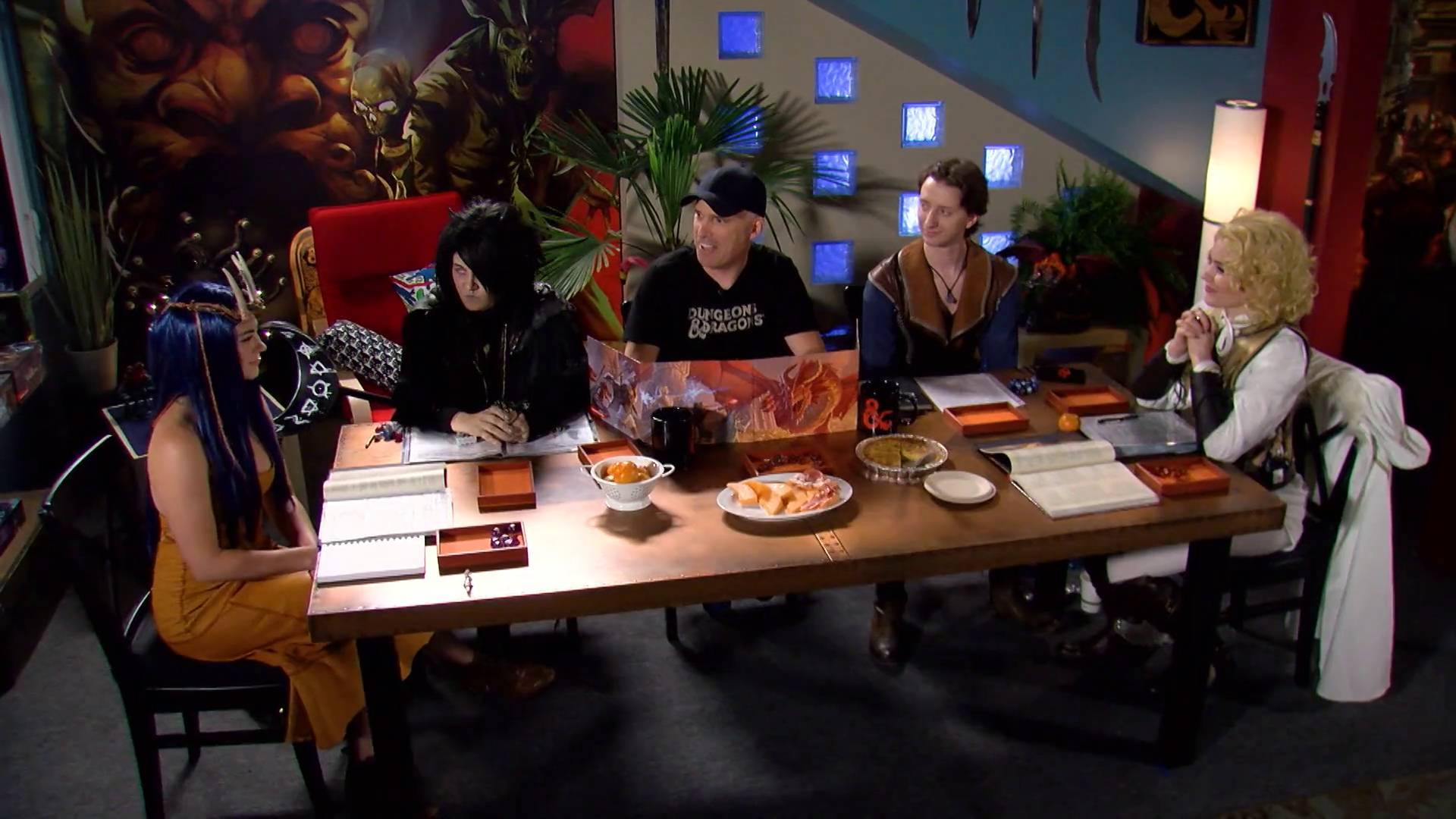
One-shots are self-contained D&D sessions. Unlike long-running campaigns where the group meets frequently to tell a continuous story, one-shots are meant to be self-contained games where the full plot is introduced, explored, and resolved within a single sitting. There are no ties to the existing campaign. But more importantly, there is no obligation on the part of those trying out D&D for the first time to keep playing beyond that session. It’s a much easier sell to someone when you ask them “to come over and play for an afternoon“, as opposed to “jump into our 3-year long campaign that we play for 3 hours each week.”
Here are some guiding principles to consider when designing a one-shot to introduce people to D&D.

Don’t overload them with rules
D&D can be quite rule-heavy. For a new player, seeing the 300-page Player’s Handbook could be enough to turn them off from ever trying D&D. It is true that as players play more D&D, they ought to become more familiar with the rules. But for the purposes of letting someone get a taste of D&D, familiarity with the rules isn’t required. Whenever I run a one-shot for new players, rather than emphasizing the rules, I want them to be able to walk away with these key points:
- They have the freedom to attempt anything.
- Their actions and decisions will impact the direction of the story.
- We all contribute to how this story ends.
So for one-shots, I primarily tend to focus more on the narrative and “freedom” aspects of D&D, rather than the rules. I do this by bearing the burden of the rules on myself as the DM. Whenever I run a game, I explain to new players that they can just explain to me what it is they want to do, and that I’ll be the one to “translate” that into what they have to do with respect to the rules (what to roll, what ability to use, etc.).
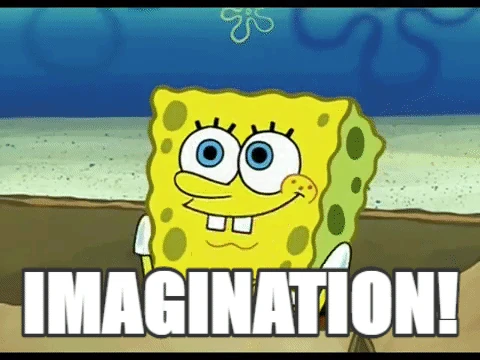
Having another experienced player being part of the party can also be extremely helpful. Other than being another helpful source of rules and guidance for your newer players, your experienced player can also subtly guide the party of newbies towards progressing your plot and achieving the party’s objective. They are also helpful as a sounding board for role play. Since experienced players are already comfortable with being in-character, they can help ease in newer players to role playing their characters by engaging in banter and conversation. Having someone who is also familiar with how a D&D game typically works is also very helpful in making sure that your new players don’t end up accidentally killing themselves in-game.
Keep the story simple
When designing the overarching plot of a one-shot, it is best to identify the party’s objective for the one-shot. And work your way back from that. What are the characters, in the story, trying to achieve?
- Are they trying to save a prince?
- Are they investigating a mystery?
- Were they contracted to kill a monster?
- Were they hired to protect a rich merchant?
- Are they going to the land of Mordor to destroy the One Ring?

Communicating the party’s objective to the players early on will make it a lot easier for them, because it gives them a goal to work towards. This is important, because from experience when new players try D&D for the first time they can be very easily overwhelmed with what they can do, that they can end up paralyzed, not knowing what they ought to do. Giving the players a very clear objective that they can work towards, focuses them. And narrows down the specific decisions that they need to be making and the direction that they need to be going to advance the story.
Once the main objective of the party has been established, don’t feel the need to dive too much into the details to “fill up content”. Often times, your players will surprise you with how much content they can create with their interactions with your world, and with each other. In the one-shot I often run as an introduction to D&D here at the Glowing Fool, I’ve created a simple plot where some creatures are stealing provisions from farmers. It’s a fairly straightforward mystery, with admittedly, few elements at play. But my players always find ways to make the story more lush and vivid through their role play with my NPCs and with the other players.
Help them create their characters
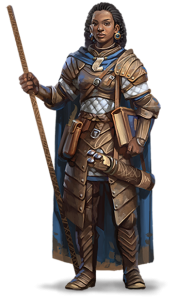
Character creation is one of the most fun and fulfilling aspects of playing D&D. But it is also easily the most complicated. Ability scores, skill proficiency, saving throws, equipment, spells, class and racial features, there’s a lot to consider when creating a character. For some new players, they will relish at the chance to create their own character. But for most, it can be a bit of a chore. So it is often good to help them out with this task. DMs can take one of two possible options when it comes to helping new players develop their characters.
The easiest method is to bring some pre-generated characters to the session, and ask your players to choose one. You can leave aspects such as their name, personality, goals, and flaws blank, so that the players can fill those gaps in. But, by-and-large, you did all the heavy lifting when it came to the numbers. It is advised to bring an assortment of different character choices so that they can pick and choose which type of character they would like to play. Creating a stock of pre-gen characters is also helpful since you can re-use those for any future one-shots.
The other method, is to have a conversation with your new player prior to the session. Ask them what sort of character they envision playing. You can ask them some guiding questions like:
- What race is your character?
- How does your character fight? (weapons? magic? ranged? melee?)
- What is your character’s goals? fears?
- What is your character’s story?
You can then take these answers that your player has given you, and create the character sheet yourself, trying to get as close to your player’s original vision as possible. Present this character sheet to your player when the session arrives.
So by now, you must have gotten the central theme of making a one-shot accessible to new players. To try and keep the entire experience of playing D&D as simple as possible. D&D is a very deep game. But with that depth comes complexity. And oftentimes, it’s that complexity that wards people off from ever trying it. Simplifying the game, by parsing it down to it’s most basic element of collaborative storytelling and having fun can go a long way towards showing people how great this game can be.
Rule mastery can come later. For now, we focus on what makes this game fun, telling an epic story with your friends.
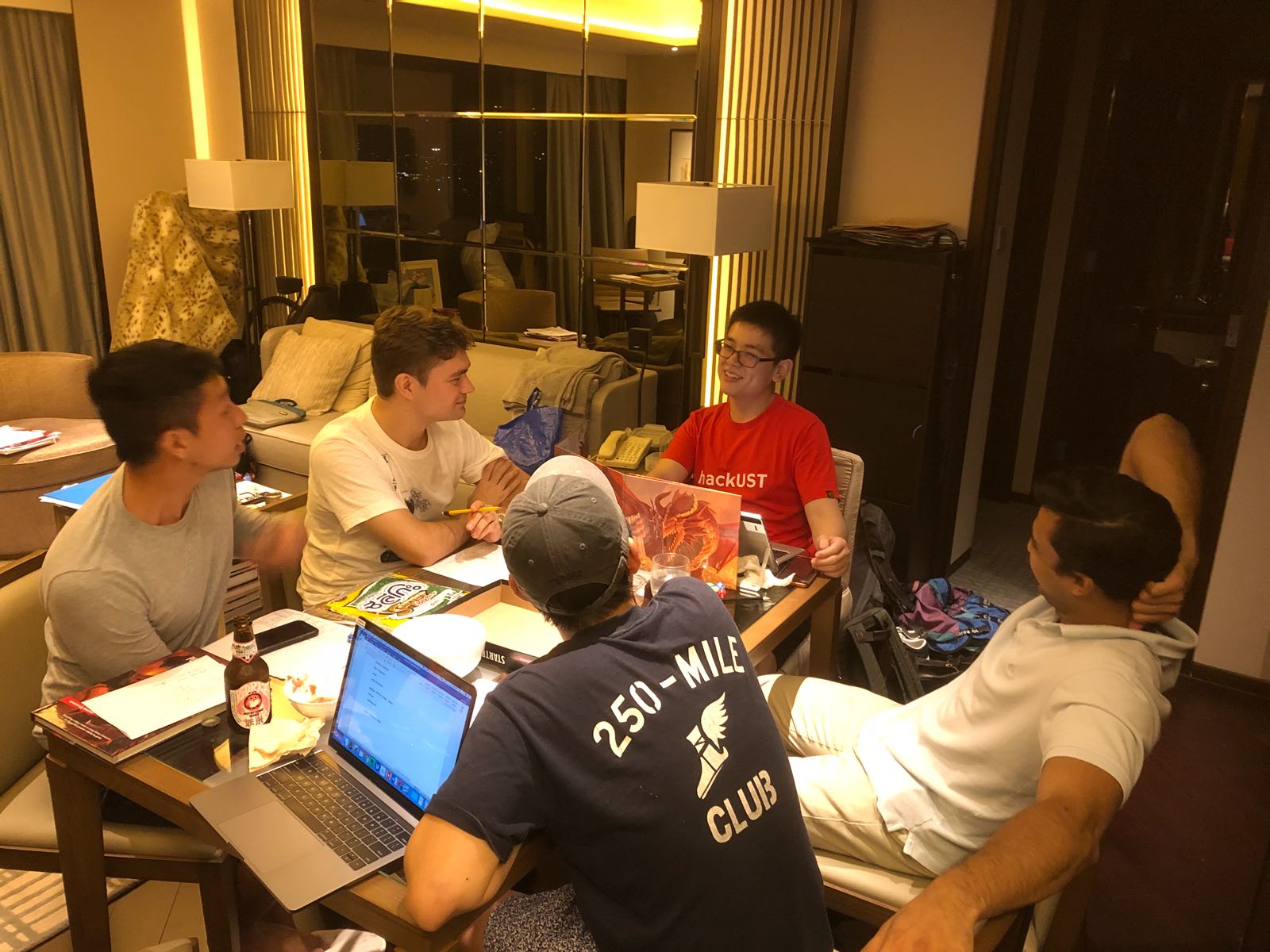
Earl is what you would call a Dungeons & Dragons addict. He watches D&D shows, prowls the D&D forums, and basically lives, breathes, and eats D&D (It’s no joke, he literally listens to the D&D Podcast while eating). He likes to be thought of as the “lead fool” as he guides us all through the silliness of D&D.
For his day-job. Earl is an ERP Consultant with the Nomura Research Institute (NRI). He is also a Shaper with the Global Shapers: Hong Kong Hub.
